Seneca Arts and Culture Centre opens in upstate New York
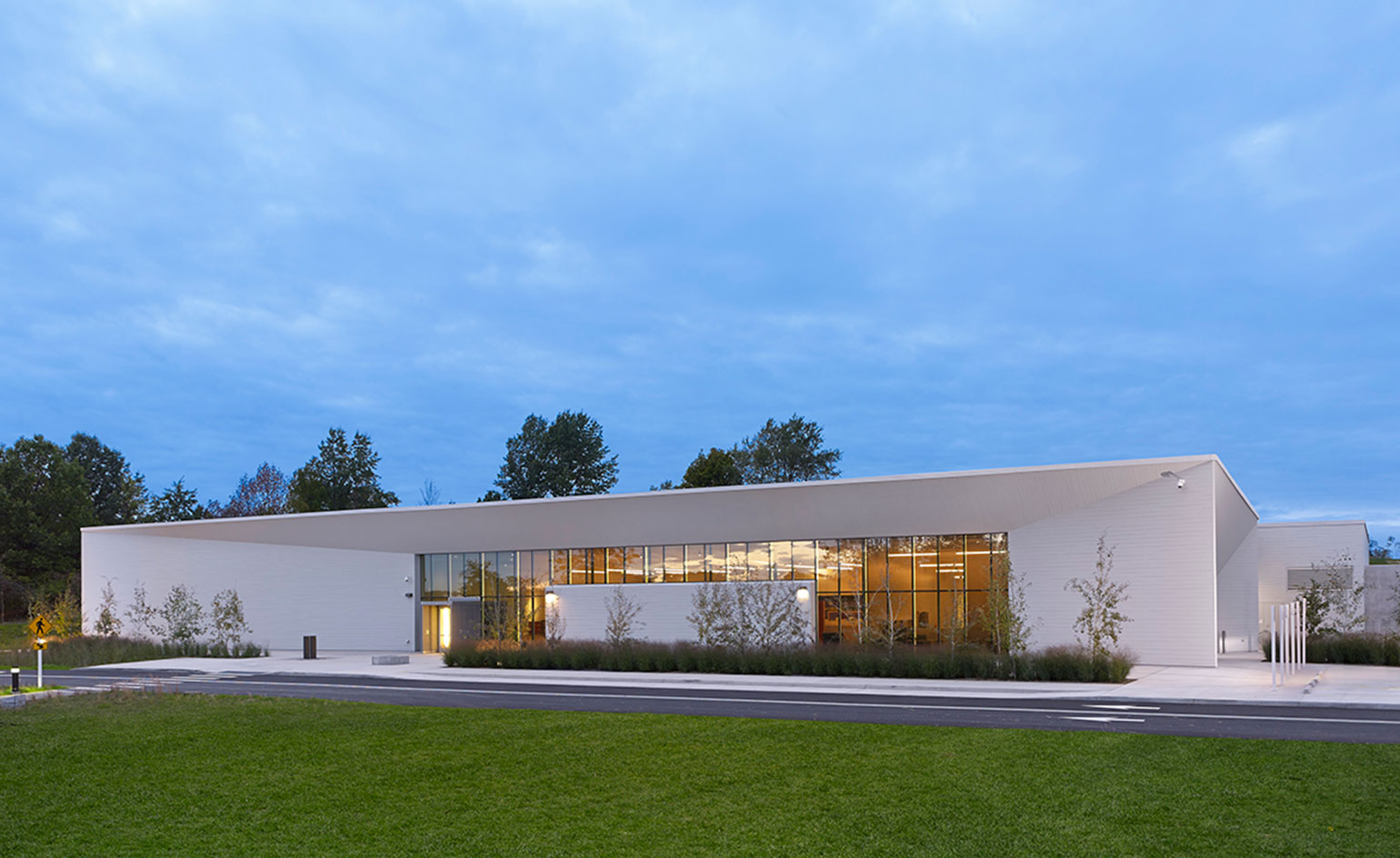
The Seneca, a Native American tribe in upstate New York, have had profound impacts on the United States, ranging from natural remedies to the country's embrace of democracy. The fact that you probably didn't know these things testifies to the importance of architect Francois deMenil's Seneca Art and Cultural Center, the new focal point of the Ganondagan State Historic Site, located on one of the Seneca's largest former settlements in Victor, just southeast of Rochester.
The project, which has been envisioned for about 30 years, explores Seneca culture with year-round exhibitions, programs and events. The 17,000 sq ft, one-storey building contains exhibition spaces, an auditorium, classrooms, retail, and administrative offices.
The rectangular building's form was inspired by two of the tribe's seminal symbols: the Hiawatha Belt, a symbol-rich gesture of peace between the five Iroquois nations (depicting five linked cubes projecting from the 'Tree of Peace'), and the Longhouse, a long, narrow native dwelling that can expand and contract to accommodate changes in family size. Like both, the building has a strong horizontal axis, with galleries extending laterally from either side of a central entry. White cedar siding is beveled inward along the edges of the facade, uniting the roof and walls into a singular mass, articulating the simple form, and modulating the entry of sunlight. The building sits lightly on its location, partially buried into the land at its rear.
Inside, large glass curtain walls flood the space with illumination. Beveled skylights evoke the building's shape and minimise direct light in warmer months. Spaces flow smoothly from one to the next, and a minimal white palette defers to artworks and exhibitions.
Mirroring a typical native procession, once you stop at the centre, you then make your way to the Ganondagan site's other destinations, which include a replica of a 17th century bark longhouse, fields of Iroquois white corn and wildflowers, a granary, and several hiking trails.
'It's very important to acknowledge that the Seneca are still in this area, following their customs, even speaking their native language,' said deMenil. 'That recognition was a very soulful part of the project.'
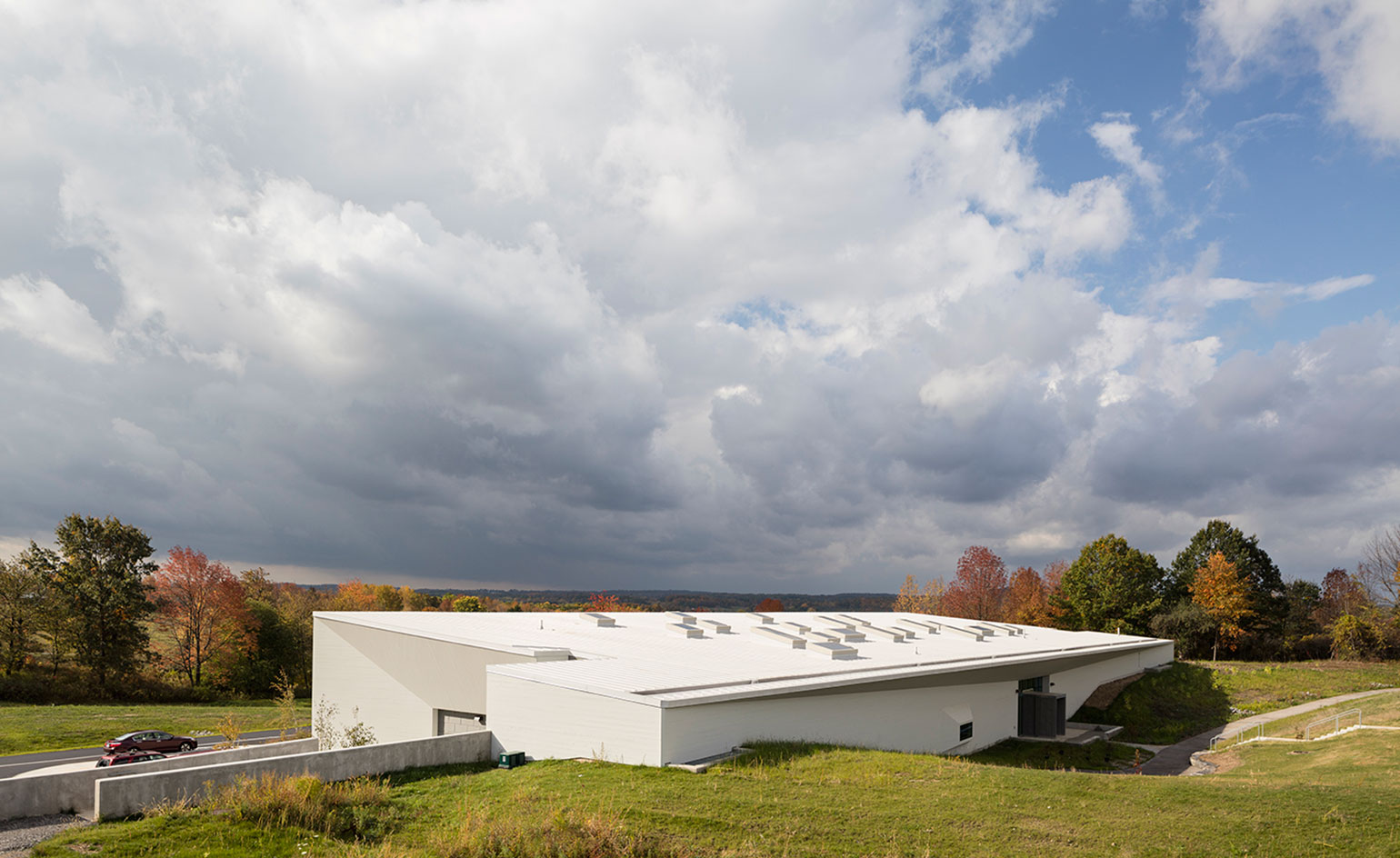
The building was designed to explore the Seneca Native American tribe's culture with year-round exhibitions, programs and events. Photography: Paul Warchol
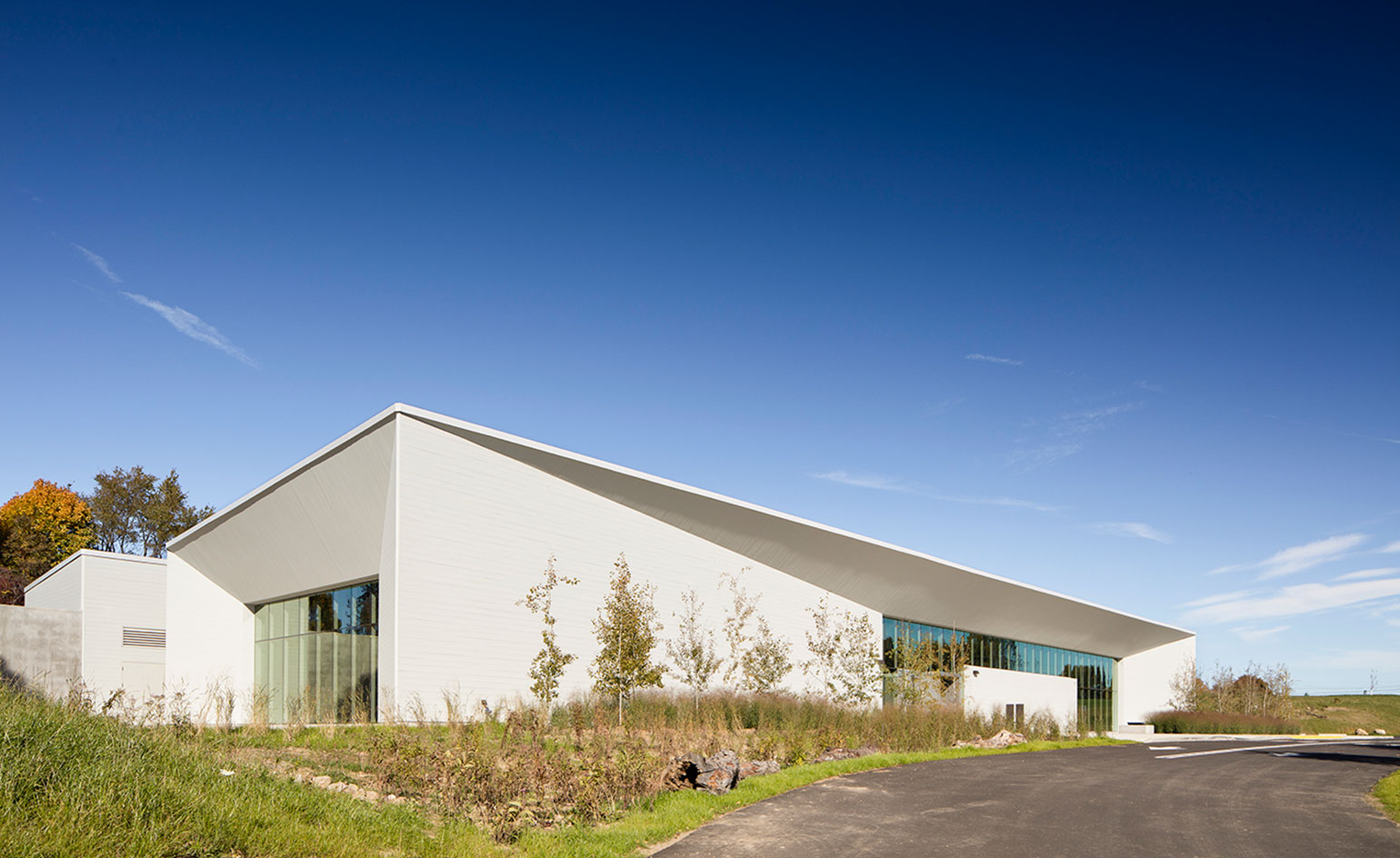
The rectangular building's form was inspired by two of the tribe's seminal symbols. Photography: Paul Warchol
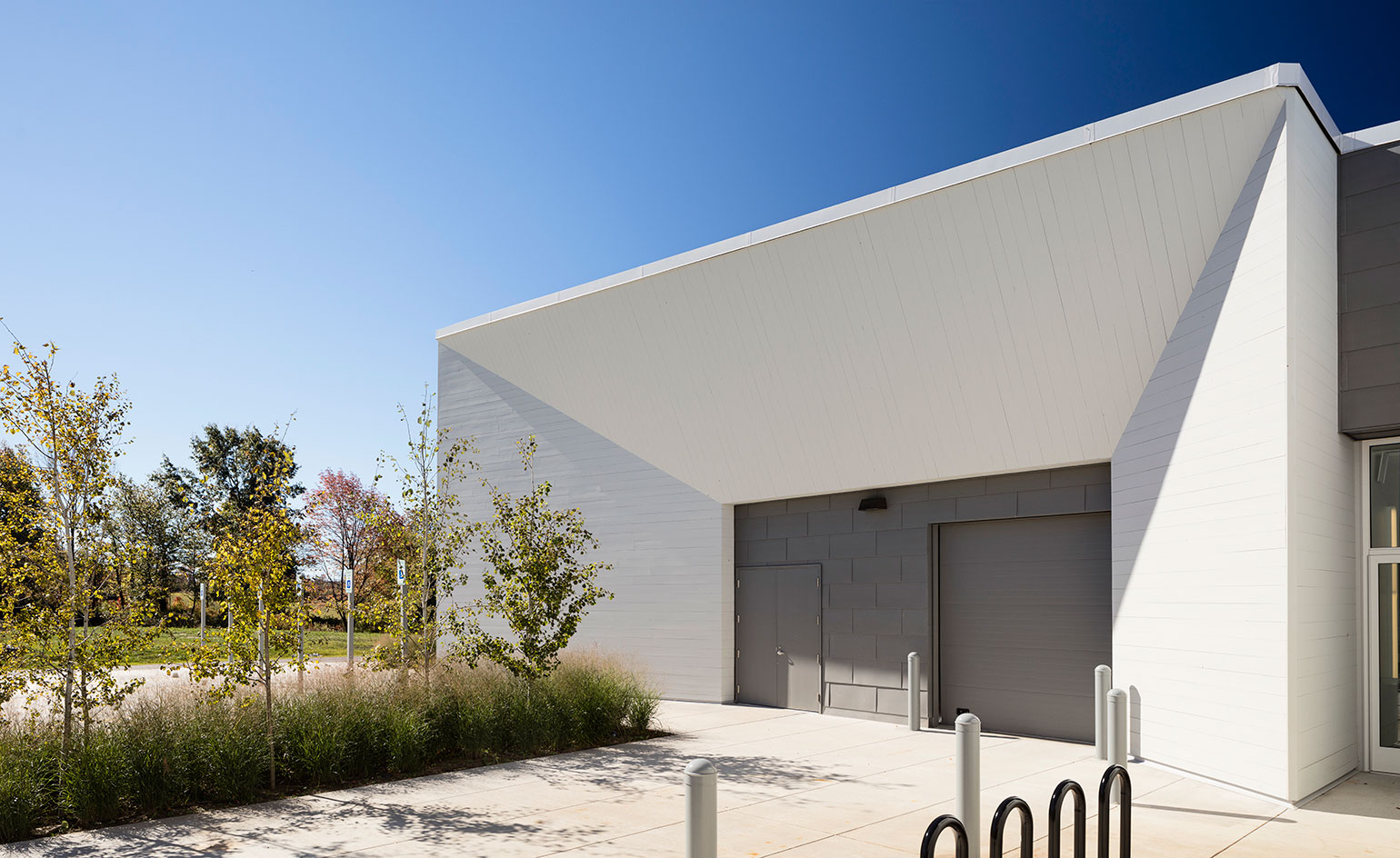
The low, horizontal building has galleries extending on either side of its dramatic entrance. Photography: Paul Warchol
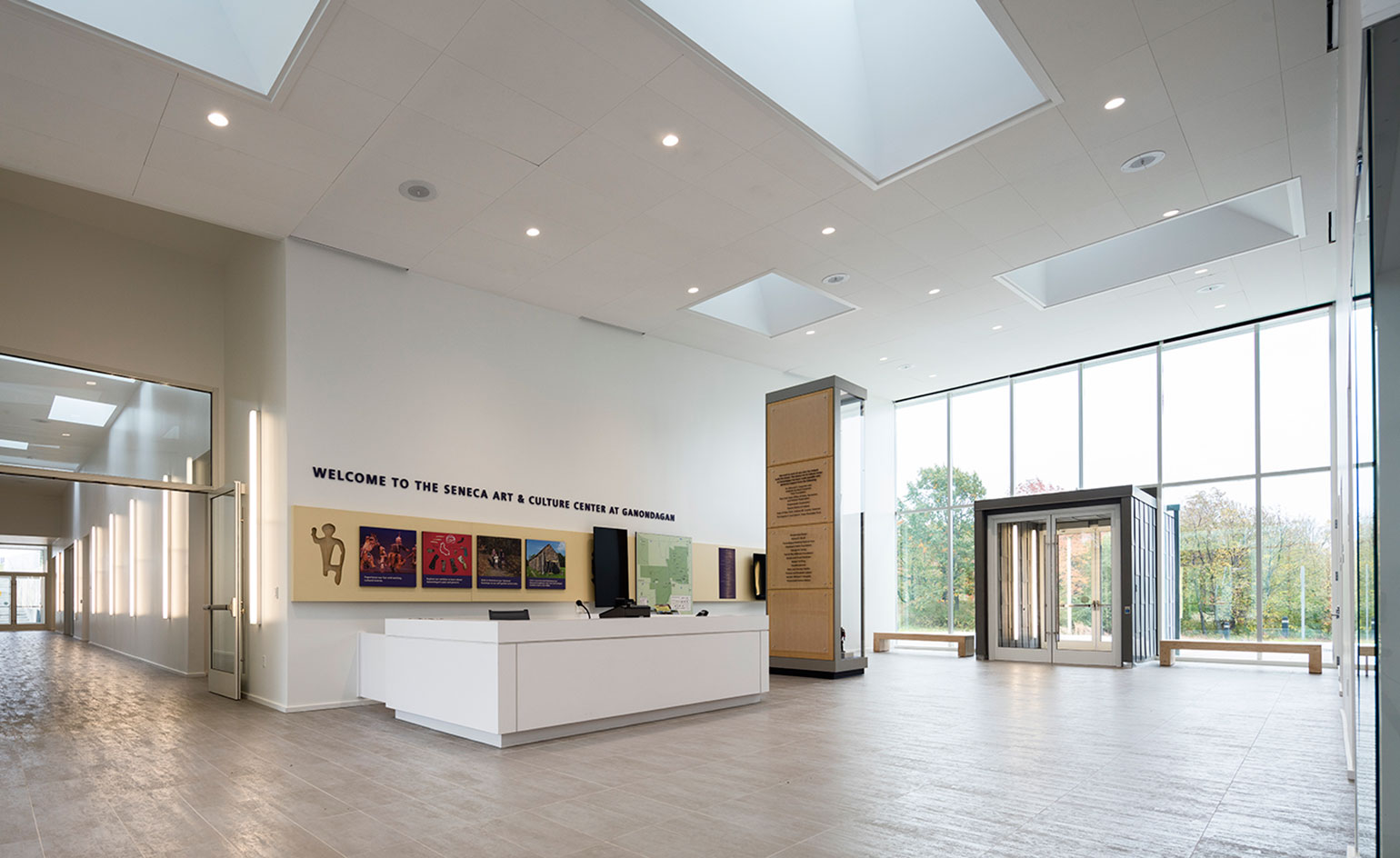
Inside, large glass curtain walls flood the space with natural light. Photography: Paul Warchol
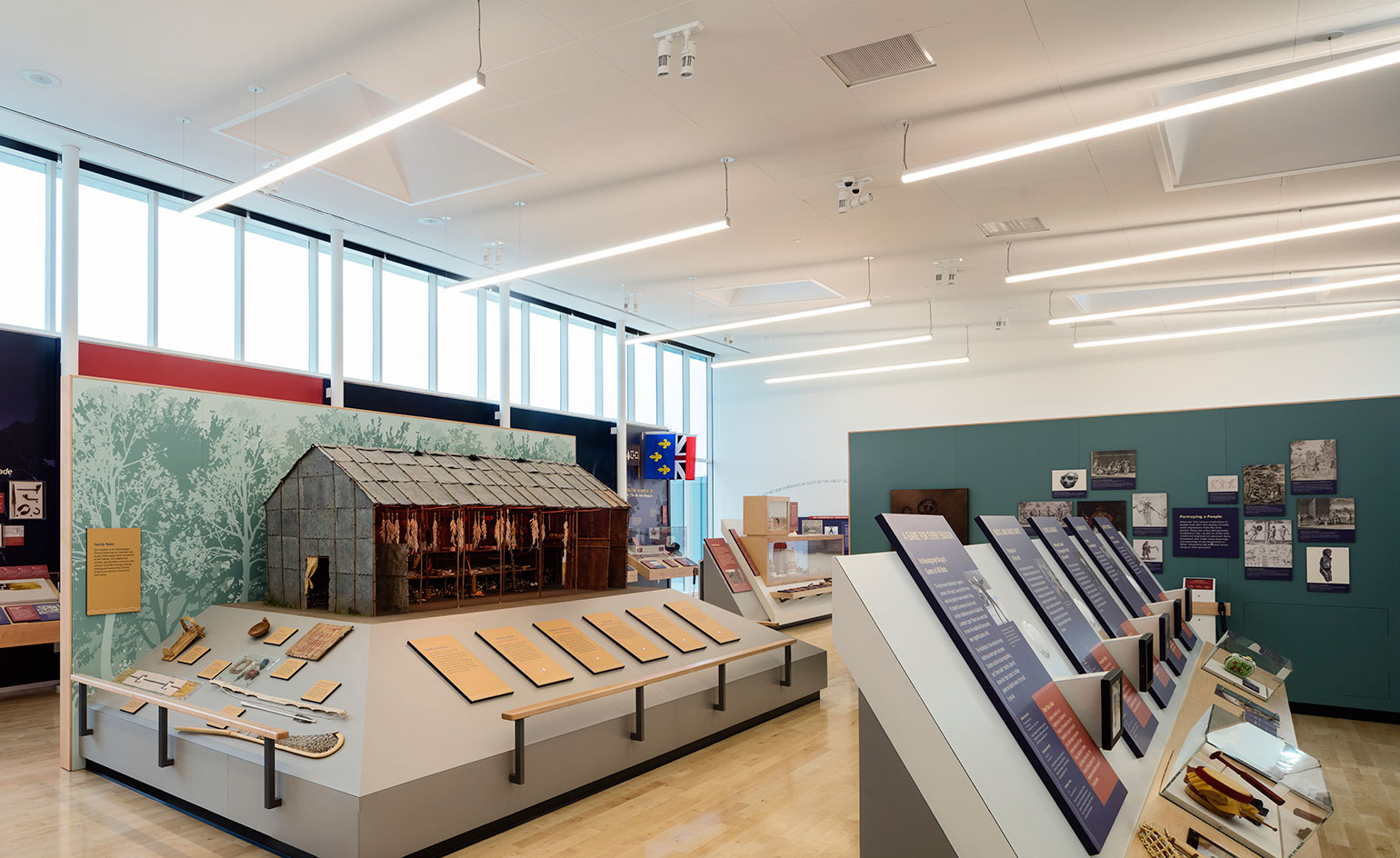
A minimal white palette allows the exhibits to take centre stage. Photography: Paul Warchol
Receive our daily digest of inspiration, escapism and design stories from around the world direct to your inbox.
-
 Lighting designer Andi Watson on creating Mitski’s sculptural stage for 'The Land'
Lighting designer Andi Watson on creating Mitski’s sculptural stage for 'The Land'In Mitski’s live show and new concert film, a single beam of light becomes her dance partner. Lighting designer Andi Watson discusses turning shadow, movement and restraint into the architecture of feeling
-
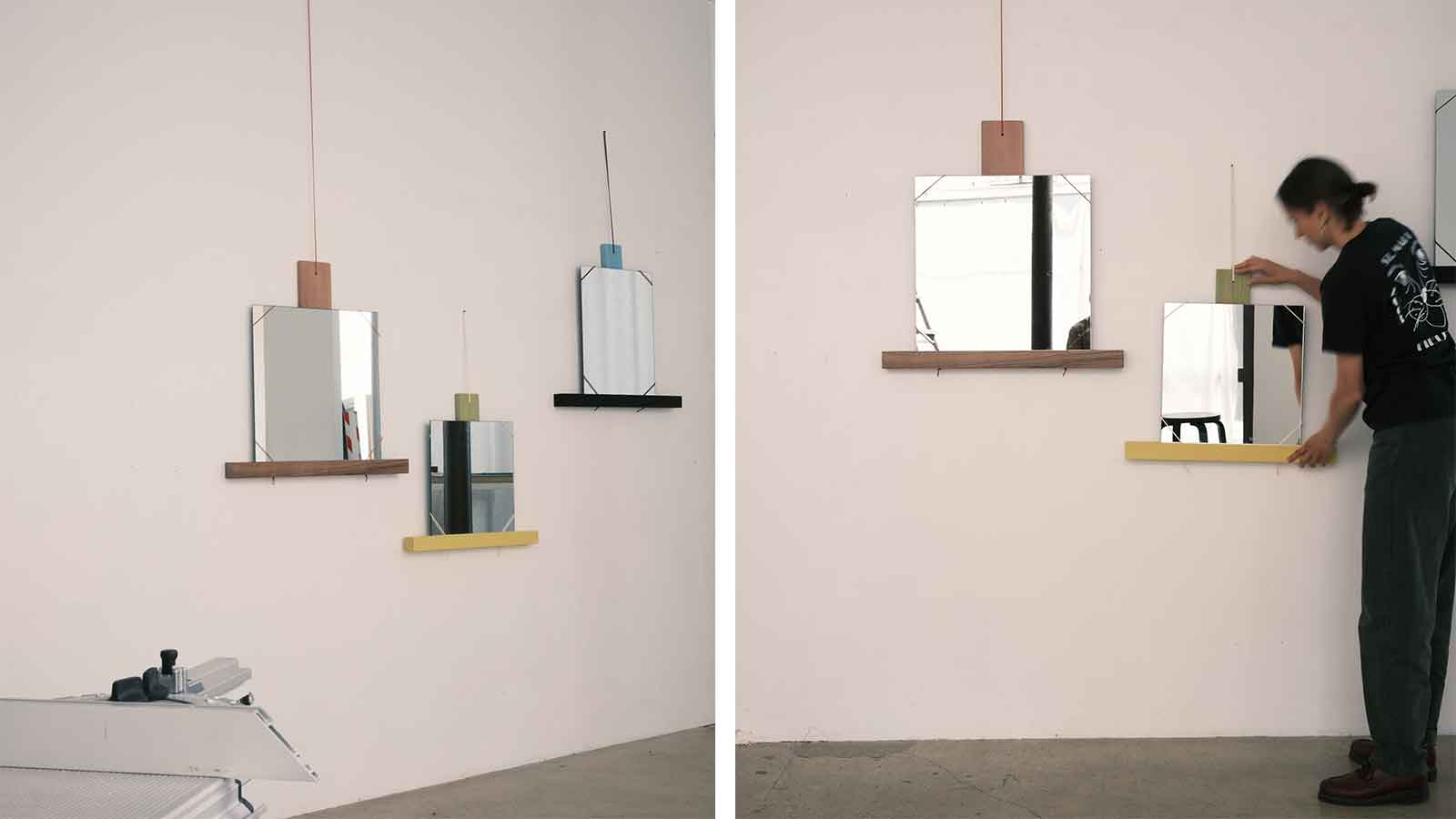 Making mirrors with A Vibe Called Tech, the collective democratising design
Making mirrors with A Vibe Called Tech, the collective democratising designLast week, Wallpaper* Paris Editor Amy Serafin spent a day with a group of creatives led by Julie Richoz, making mirrors: here's what went down (and how to make your own)
-
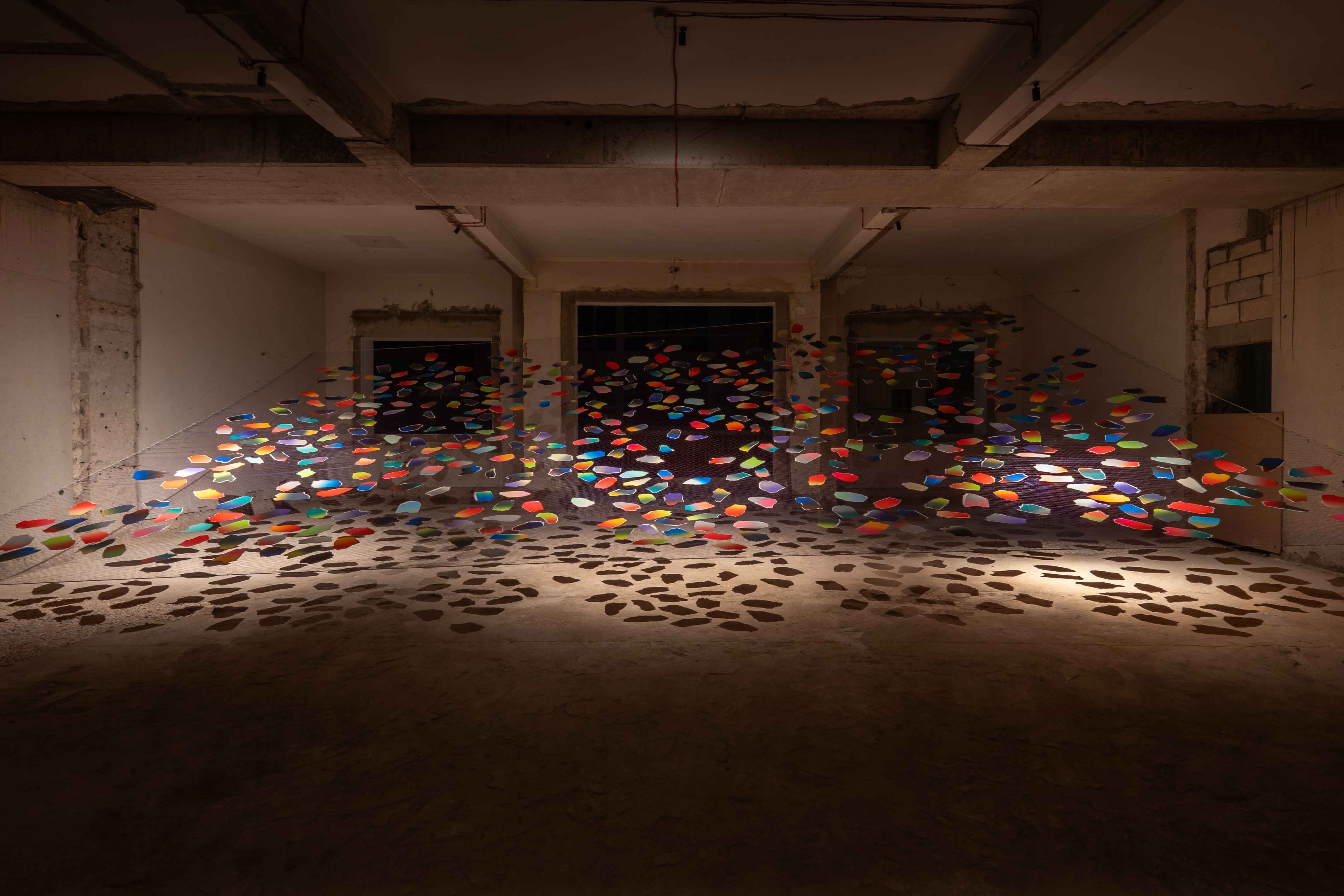 A postcard from We Design Beirut: 'We’re learning how to break barriers and create dialogue'
A postcard from We Design Beirut: 'We’re learning how to break barriers and create dialogue'The second edition of We Design Beirut celebrated design, architecture, heritage and creativity
-
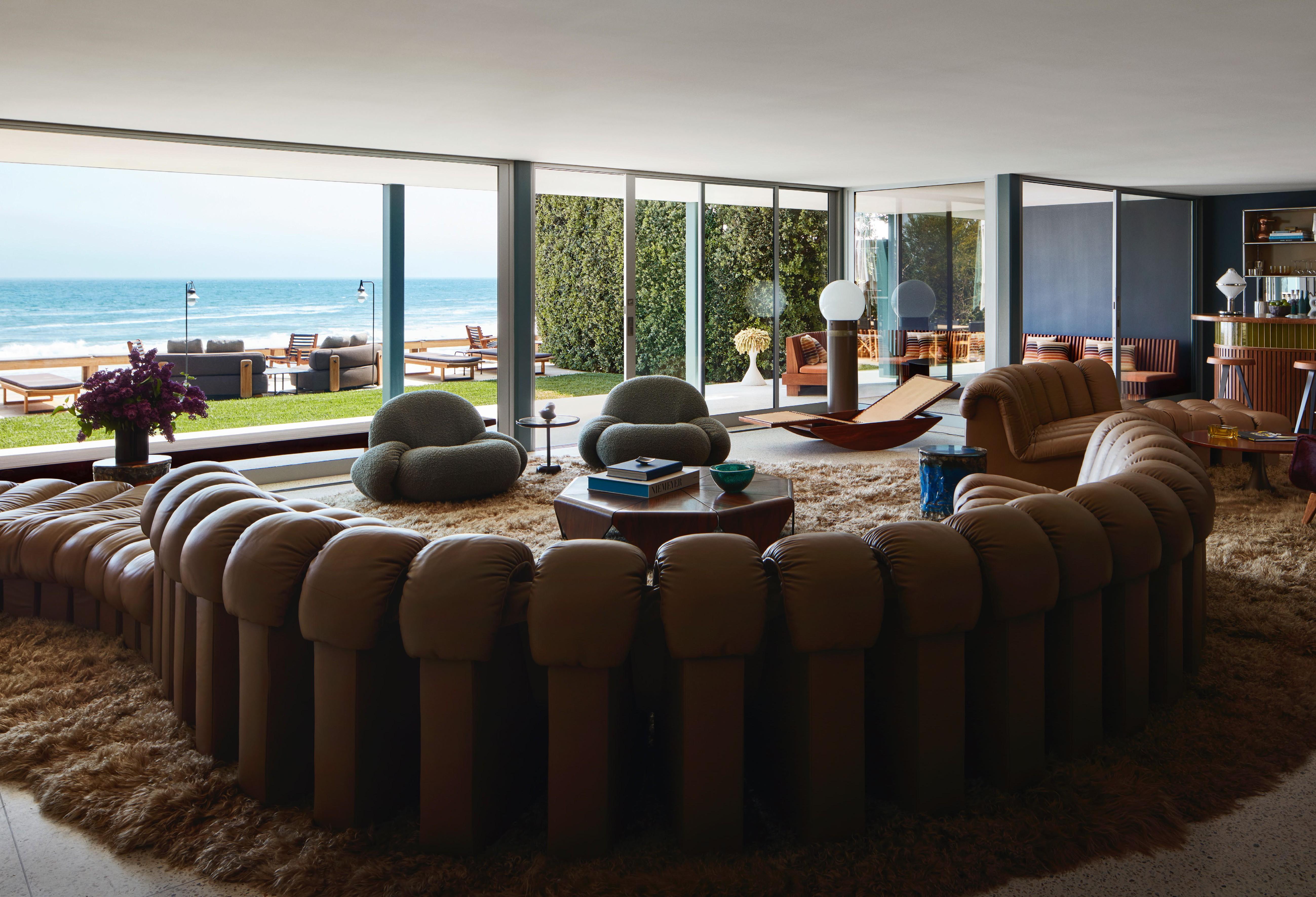 Inside a Malibu beach house with true star quality
Inside a Malibu beach house with true star qualityBond movies and Brazilian modernism are the spur behind this Malibu beach house, infused by Studio Shamshiri with a laid-back glamour
-
 An Arizona home allows multigenerational living with this unexpected material
An Arizona home allows multigenerational living with this unexpected materialIn a new Arizona home, architect Benjamin Hall exposes the inner beauty of the humble concrete block while taking advantage of changed zoning regulations to create a fit-for-purpose family dwelling
-
 Michael Graves’ house in Princeton is the postmodernist gem you didn’t know you could visit
Michael Graves’ house in Princeton is the postmodernist gem you didn’t know you could visitThe Michael Graves house – the American postmodernist architect’s own New Jersey home – is possible to visit, but little known; we take a tour and explore its legacy
-
 Explore Tom Kundig’s unusual houses, from studios on wheels to cabins slotted into boulders
Explore Tom Kundig’s unusual houses, from studios on wheels to cabins slotted into bouldersThe American architect’s entire residential portfolio is the subject of a comprehensive new book, ‘Tom Kundig: Complete Houses’
-
 Ballman Khaplova creates a light-filled artist’s studio in upstate New York
Ballman Khaplova creates a light-filled artist’s studio in upstate New YorkThis modest artist’s studio provides a creative with an atelier and office in the grounds of an old farmhouse, embedding her practice in the surrounding landscape
-
 The most important works of modernist landscape architecture in the US
The most important works of modernist landscape architecture in the USModernist landscapes quite literally grew alongside the modern architecture movement. Field specialist and advocate Charles A. Birnbaum takes us on a tour of some of the finest examples
-
 Jeanne Gang’s single malt whisky decanter offers a balance ‘between utility and beauty’
Jeanne Gang’s single malt whisky decanter offers a balance ‘between utility and beauty’The architect’s whisky decanter, 'Artistry in Oak', brings a sculptural dimension to Gordon & MacPhail's single malt
-
 An idyllic slice of midcentury design, the 1954 Norton House has gone on the market
An idyllic slice of midcentury design, the 1954 Norton House has gone on the marketNorton House in Pasadena, carefully crafted around its sloping site by Buff, Straub & Hensman, embodies the Californian ideal of the suburban modern house embedded within a private landscape